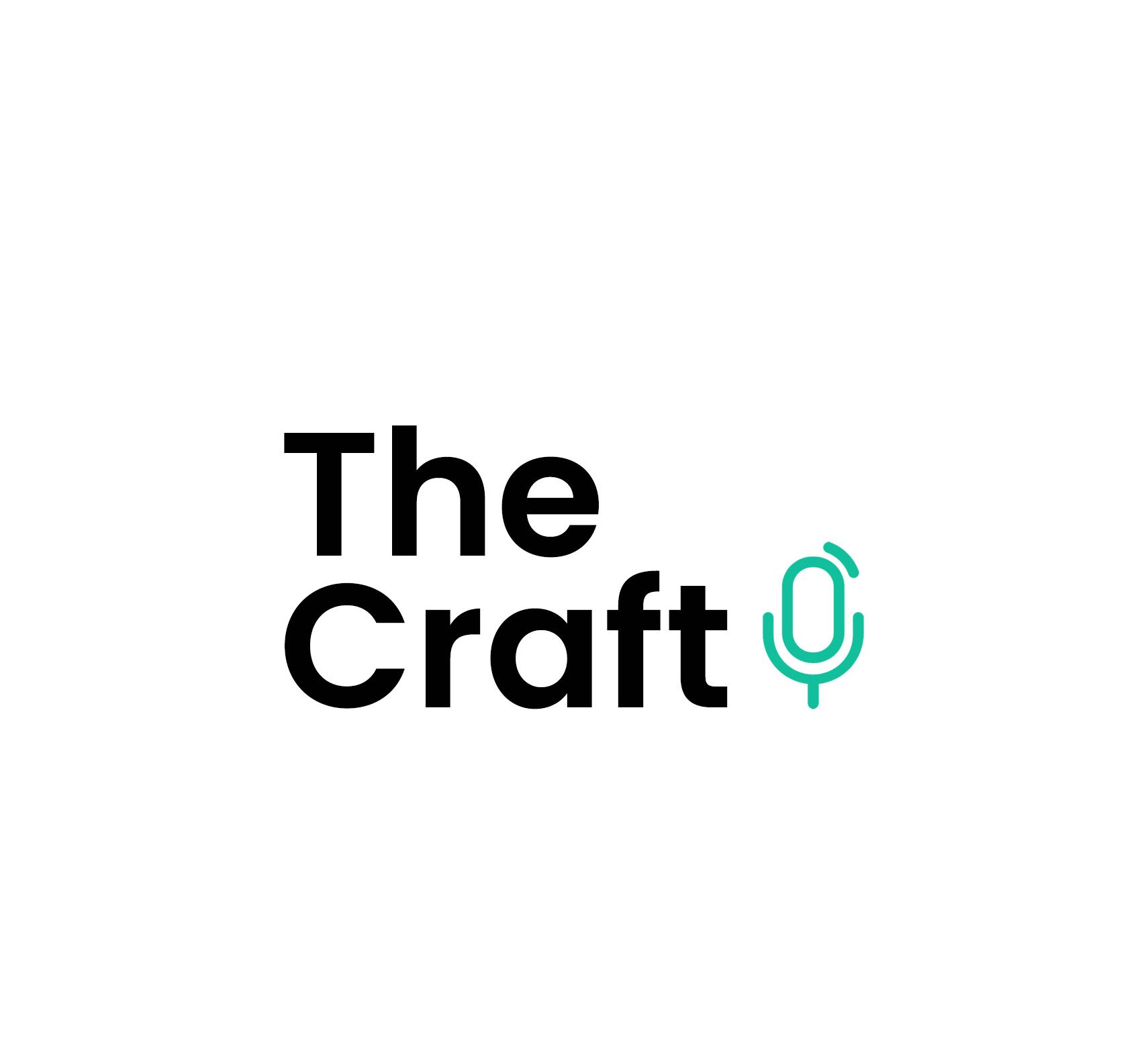Episode #13:
How to create un-boring B2B content with Jonathan Crossfield

In this episode of The Craft podcast, our host Rachel Westbury, Senior Editor at Shorthand, welcomes Jonathan Crossfield, a content writer and editor who specialises in 'un-boring' content marketing.
In between client projects, Jonathan writes a regular column on content writing and creativity for CCO magazine, published by the Content Marketing Institute.
Jonathan shares some insights into his work as a B2B content writer, and provides some actionable advice on how to make your B2B content engaging not only to the algorithm, but your audience, too.
He explains “Don't just stop at the initial idea. If you’re willing to develop the content idea a little bit more before you brief it out, if you can come up with that second idea to add to it — to add an analogy or create an unique angle to tell this story that you know your competitors aren't using — that will give the writer more creative latitude to play with, and create a piece of content that will stand out from all the other pieces of content on the same topic.”
Listen as Rachel and Jonathan discuss his creative approach to content ideation, tips and tricks to up-levelling your content briefs, and how to use the three-act structure to your content-writing advantage.
How to listen:
This episode’s guest
Name: Jonathan Crossfield
What he does: Jonathan calls himself a storyteller because writer, blogger, editor, content marketer, journalist, copywriter and speaker wouldn’t fit neatly on a business card.
Company: Jonathan Crossfield
Noteworthy: Jonathan writes a regular column on content writing and creativity for CCO Magazine, published by the Content Marketing Institute.
Links from this episode
- CCO magazine by the Content Marketing Institute
- Columns by Jonathan Crossfield for the Content Marketing Institute
- Digital Recovery Survival Guide by SunGard
- Will it blend? — video series by BlendTec
- Rachel Westbury on LinkedIn
- Shorthand on LinkedIn
Episode highlights
Professional content is about professional communication
“Professional content is about professional communication. And if someone can't finish your piece of content because it's too boring or is not holding their attention, or they can't understand what it is you're trying to get across, then in my mind that's not professional.
“Professional content is the stuff that gets read. And better than that, gets remembered and gets actioned. So if getting people to read the content and to absorb it and be persuaded by it and act upon it requires you to communicate in a way that's more engaging, maybe even more fun... then that's professional.”
Don’t stop at the first idea
“Don't just stop at the initial idea. If you’re willing to develop the content idea a little bit more before you brief it out, if you can come up with that second idea to add to it — to add an analogy or create an unique angle to tell this story that you know your competitors aren't using — that will give the writer more creative latitude to play with, and create a piece of content that will stand out from all the other pieces of content on the same topic.
“It's about not stopping at the first idea, which is usually the obvious idea. But what can we add to that? That's the second idea. That's the creative layer that you need to add to that before briefing out your content.”
Don’t limit your tool kit
“I started more as a writer than anything else. Over the years, other rich media has become much more prevalent — podcasts, video, infographics, even. And that has been exciting because it challenges me too, because my first instinct is to write an article.
“But now it's more a case of asking — should this be a podcast? Should this be an infographic? Is there a better way to present this so that you're providing alternative ways for the audience to consume the information? Should we repurpose the same content in different mediums so that people really choose how they consume it?
“That's been the most exciting, seeing these other channels become more established and easier to produce. The lesson being: do not limit your toolkit. All of it is available now and all of it is far easier to create than maybe a lot of people think.”


